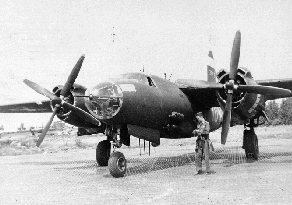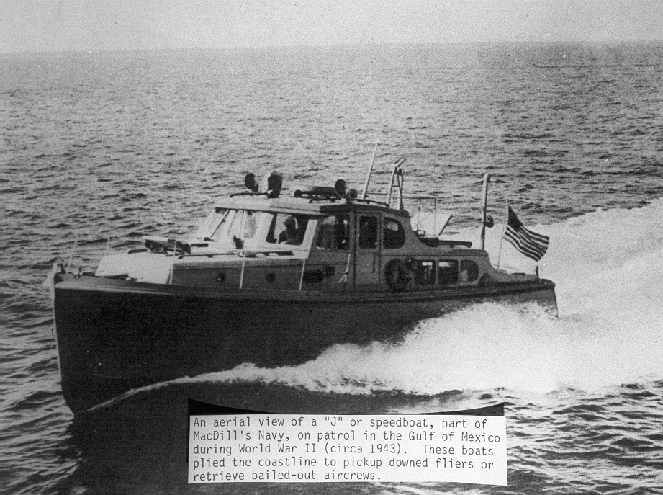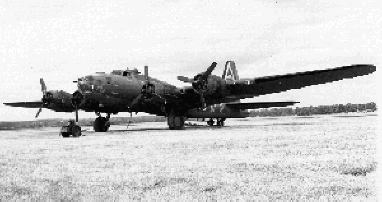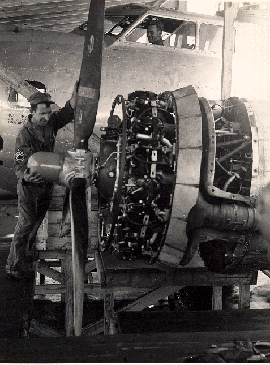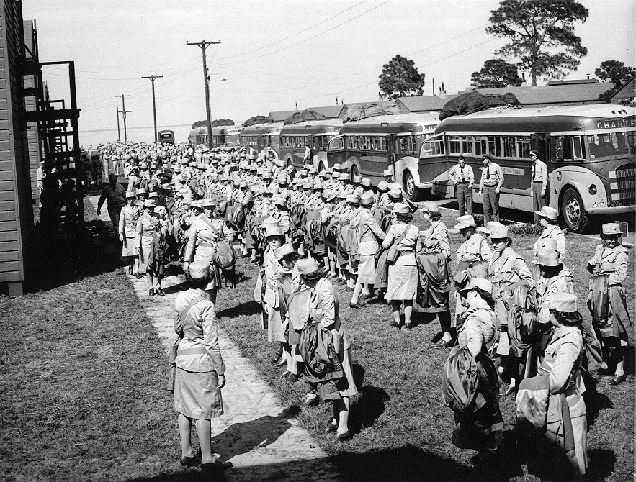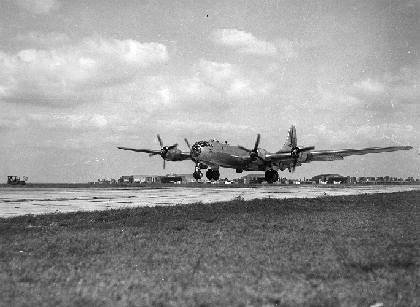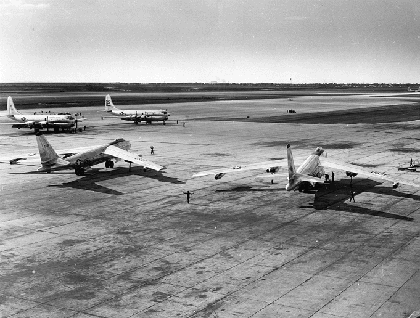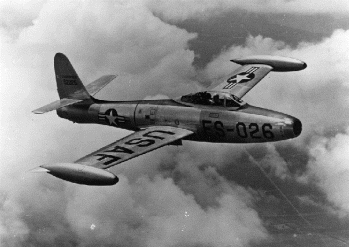Tampa, Florida
During the Spanish-American War (1898), Tampa, because of its strategic location, was chosen as a rendezvous point for troops heading south to help Cuba gain independence from Spain. Approximately 10,000 of the 66,000 troops in Tampa waiting for ships headed to Cuba set up camp around what was then known as Port Tampa City, which bordered what is now MacDill AFB.
Originally known as Southeast Air Base, Tampa, and later named MacDill Field in honor of Colonel Leslie MacDill, the field became MacDill Air Force Base shortly after the establishment of the United States Air Force in 1947.
Flying operations at MacDill began in 1941 with the base’s first mission including transitional training in the B-17 Flying Fortress. Following the Japanese attack on Pearl Harbor, MacDill became a major staging area for Army Air Corps flight crews and aircraft. In just 60 days, 15 LB-30 and 63 B-17 aircraft departed MacDill via the south Atlantic and Africa to Australia.
The base’s mission converted to B-26 “ Marauder” training in 1942 and it was the B-26 that earned the slogan “one a day in Tampa Bay.” The aircraft proved hard to fly and land by many pilots due to its short wings, high landing speeds, and fighter plane maneuverability. Nine of the 12 combat groups that flew the B-26 in Europe were activated and trained at MacDill and in combat the B-26 enjoyed the lowest loss rate of any Allied bomber.
|
|
|
|
Beginning in 1942, the mission for the base was aircrew training for the B-26 Marauder. The aircraft proved hard to fly and land for many pilots because of its short wings, high landing speeds and fighter plane maneuverability. |
This "J" or speedboat, part of MacDill's Navy, was on patrol in the Gulf of Mexico during World War II (circa 1943). These boats plied the coastline to pick up downed fliers or retrieve bailed-out aircrews. |
In 1943 the base discontinued B-26 training and returned to B-17 training which continued through the end of World War II.
Dick Baer was stationed here in 1944 and received "transitional training" in the B-17. This may have been where he was first assigned to his ETO unit the 487th BG.
|
|
|
| Flying operations at MacDill began in 1941 with the base's first mission including transitional training in the B-17 Flying Fortress. | A maintenance NCO (non-commissioned officer) checks out a propeller on a B-17 engine. |
During the war as many as 15,000 troops were stationed at MacDill at one time. A contingent of Women’s Army Corps (WACS) troops arrived in 1943.
|
|
| A contingent of Women’s Army Corps troops arrived At MacDill in 1943. |
Estimates of the number of crew members trained at the base vary from 50,000 to 120,000. Several bases in Florida, including MacDill, served as detention centers for German prisoners-of-war (POWs) in the latter part of 1944 and 1945. At its apex, 488 POWs were interned at MacDill.
Following the end of hostilities in Europe, MacDill transitioned to a B-29 training base in January 1945, and after the war, continued B-29 training through 1953.
|
|
|
At the end of hostilities in Europe, MacDill transitioned to a B-29 training base. |
After World War II, MacDill became an operational base for Strategic Air Command with training activities focused around P-51, B-29, and in 1950, B-50 training. This aircraft is of the same type residing in MacDill’s memorial park today.
In 1951, MacDill’s operational mission transitioned to new B-47 medium jet bombers and KC-97 tanker aircraft, with a primary mission as a strategic bombardment and air refueling base.
|
|
| MacDill’s operational mission transitioned in 1951 to B-47 medium jet bombers and KC-97 tanker aircraft, with a primary mission as a strategic bombardment and air refueling base. |
Plans to close MacDill surfaced in 1960, however the Cuban Missile Crisis highlighted the strategic location of the base and led to a reprieve of the planned cutbacks. In 1961 the United States Strike Command was established at MacDill as a unified command with integrated personnel from all branches of the military capable of responding to global crisis.
The base began training crews in F-84 aircraft in 1962, and MacDill became a Tactical Air Command base in 1963. In 1965, MacDill’s two combat-ready F-4 wings (the 12th and 15th Tactical Fighter Wings) deployed to Vietnam. The 12th’s deployment became permanent while the 15 TFW returned to MacDill and became a replacement training unit with F-4 and B-57 aircraft.
|
|
|
| The base began training crews in F-84 aircraft in 1962. | In 1965, MacDill’s two combat-ready F-4 wings (the 12th and 15th Tactical Fighter Wings) deployed to Vietnam. |
In 1996 the base’s host wing redesignation to an Air Refueling Wing marked the beginning of a new era for MacDill.
Courtesy of MacDill AFB History
